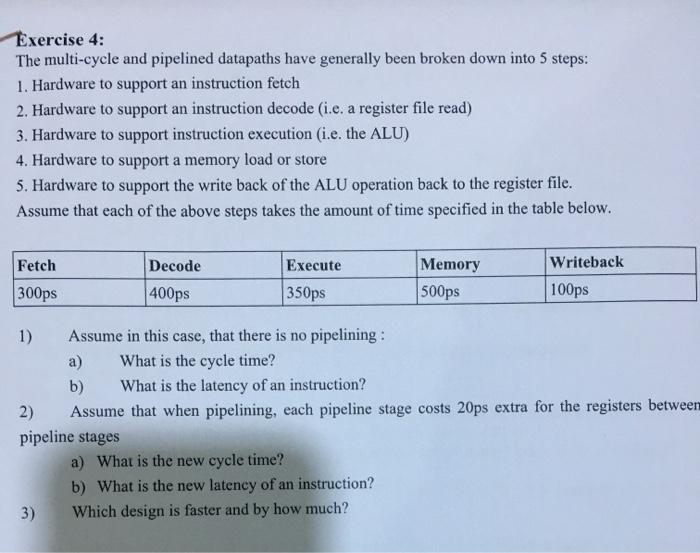Answered step by step
Verified Expert Solution
Question
1 Approved Answer
Exercise 4: The multi-cycle and pipelined datapaths have generally been broken down into 5 steps: 1. Hardware to support an instruction fetch 2. Hardware to

Step by Step Solution
There are 3 Steps involved in it
Step: 1

Get Instant Access to Expert-Tailored Solutions
See step-by-step solutions with expert insights and AI powered tools for academic success
Step: 2

Step: 3

Ace Your Homework with AI
Get the answers you need in no time with our AI-driven, step-by-step assistance
Get Started


